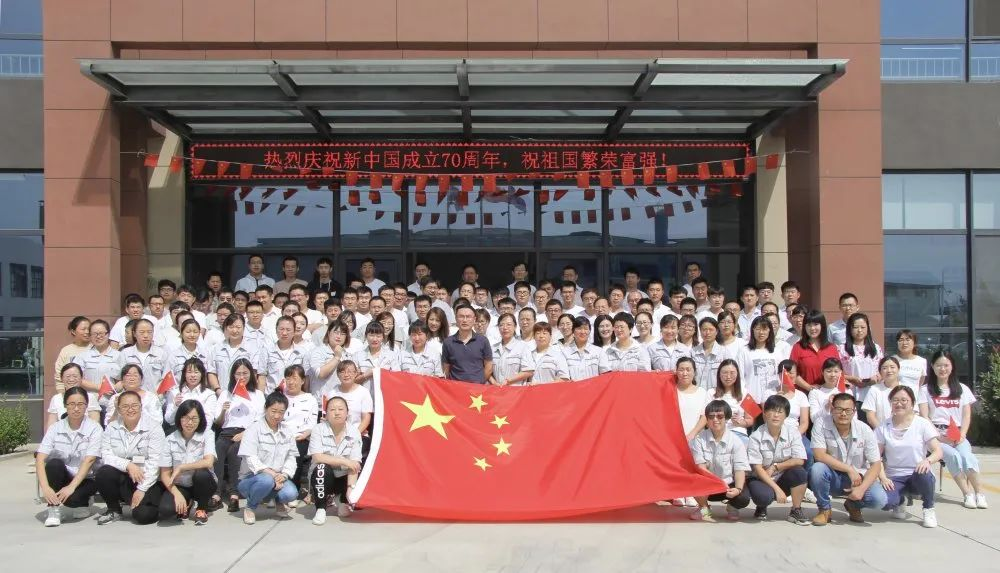The current situation is that the informationization foundation of universities has been basically completed, entering the construction stage of better serving teachers, students, and scenario management applications with informationization.
At present, in the process of teaching, teacher-student learning, and classroom utilization, the collection of big data, the transmission of information, and the control of the Internet of Things in the teaching space have become urgent issues that need to be faced.
The collection of teaching data can provide the most authentic, accurate, and rich data source for the analysis of teaching big data, thus making data analysis accurate and effective; The communication of teaching information covers various aspects, including changes in course information, notices of holidays, classroom occupancy, promotion of teaching activities, and graduation, enrollment, and employment information. Traditional notification methods have the problem of layer by layer communication and narrow coverage. Informatization should help to increase communication tentacles, reduce communication links, and reduce information loss, thereby ensuring the transparency, fairness, and openness of information;
As the most core teaching resource, the utilization of resources and the control of the Internet of Things within the classroom have become key bottlenecks in service capabilities. By opening up the resource situation through an information-based platform, establishing IoT control linkage, and improving operation and maintenance service capabilities, resources can provide services to more teachers and students, playing a role in application.
By building an integrated service platform for teacher and student education and teaching, curriculum information, enrollment and employment information, holiday information, learning resource status, and school promotional notices will be released to reach high-frequency learning scenarios, ensuring that schools can perceive various service work for teachers and students and achieve expected benefits.
By building an integrated service platform for teacher and student education and teaching, we will refine the operation and control of teaching space and teaching equipment through IoT, improve operation and maintenance efficiency, improve the level of teaching guarantee operation and service, and ensure a smoother implementation of teaching work.
By building an integrated service platform for teacher and student education and teaching, we collect data on students’ classroom behavior, perceive the operational status of teaching resources, and lay the foundation for subsequent big data analysis and operational warning.
It can also have a positive impact on the development of campus informatization:

1. Application of Face Recognition
Through the application of facial recognition within the classroom, the effectiveness of facial recognition on campus can be verified on a large scale. At the same time, a high-quality and secure facial database can be built to improve the information construction of a unified data center.
2. Data consistency verification
This platform needs to integrate multi-source heterogeneous data, including academic course data, personnel file data, basic venue data, one card data, exam data, etc. Through the implementation and application of this platform, the consistency and accuracy of data can be verified, thereby continuously consolidating the data foundation of information construction.
3. Rich sources of big data
Through the construction of this platform, a large amount of student behavior data, spatial status, and usage data can be collected, providing rich and accurate data sources for subsequent big data analysis, thus bringing greater possibilities.
At present, the construction of information technology has entered a new concept and demand. The Ministry of Education has proposed that “application is the king, service is the top priority”. In the process of information technology construction in universities, the vast majority of schools have built a unified identity verification platform. However, with the development of information technology, the characteristics of a unified identity are no longer limited to accounts and passwords. Campus cards, QR codes, facial features and other biometric recognition features are gradually being widely used on campus.
In the application of information technology in universities, identity recognition has been applied in various scenarios: classrooms, dormitories, teaching buildings, training buildings, office buildings, libraries, canteens, sports venues, and even school entrances. Each application scenario is independent but interrelated, requiring a collaborative linkage to achieve efficient management and services. With the change of campus concepts, the demand for embedded services is increasing.
In the process of building big data in universities, the role of big data in future campus operations and management will be very significant. The biggest challenge lies in data collection, but there are two difficulties in the construction process:

Unification of data and accumulation of data.
Due to long-term historical reasons, data is dispersed in various systems and isolated from each other. Even if the school has established a unified data center, it may result in a lot of dirty data and uncleaned data due to lack of understanding of the business of each department, making it difficult to bring results to practical applications. By establishing a smart class identification system, the school’s personnel data, departmental organizational structure, course data, one card data, and facial data are unified, Unified matching of heterogeneous data from multiple parties, and verification of data accuracy through practical application presentation, ultimately completing data cleaning and unification.
Data collection
In the daily behavior of students, class behavior data and venue entry and exit data are relatively large and complete and reliable. From the perspective of big data platform construction, building identity recognition applications and collecting behavior data have become necessary prerequisites.
The overall solution can be divided into several major systems: academic attendance management system, schedule management system, information release management system, real-time access control management system, smart exam management system, equipment repair management system, and venue appointment management system, combined with a large screen data monitoring system and various application mobile terminals.
The recognition method for facial recognition is mainly based on campus cards, supporting QR code scanning and facial recognition extension (implemented with smart class cards).
Comprehensively enhance the school’s information technology public basic service capabilities, build a comprehensive data asset and sharing system, promote the construction of information technology teaching platforms, enhance network security control capabilities, and assist the school’s innovative development.
Shandong Well Data Co., Ltd., a professional intelligent identification hardware manufacture since 1997, support ODM, OEM and various customization according to customers requirements. We are devoted to the ID identification technology, such as biometric, fingerprint, card, face, integrated with wireless technology and research, production, sales of intelligent identification terminals such as time attendance, access control, facial and temperature detection for COVID-19 etc..
We can provide SDK and API, even customized SDK to support the customer’s design of terminals. We sincerely hope to work with all of the users, system integrator, software developers and distributors in the world to realize win-win cooperation and create the wonderful future.
Date of foundation: 1997 Listing time: 2015 (New Third Board stock code 833552) Enterprise qualification: National high-tech enterprise, double software certification enterprise, famous brand enterprise, Shandong enterprise technology center, Shandong invisible champion enterprise. Enterprise size: the company has more than 150 employees, 80 R&D engineers, more than 30 experts. Core abilities: hardware development, OEM ODM and customization, software technology research and development, personalized product development and service ability.



